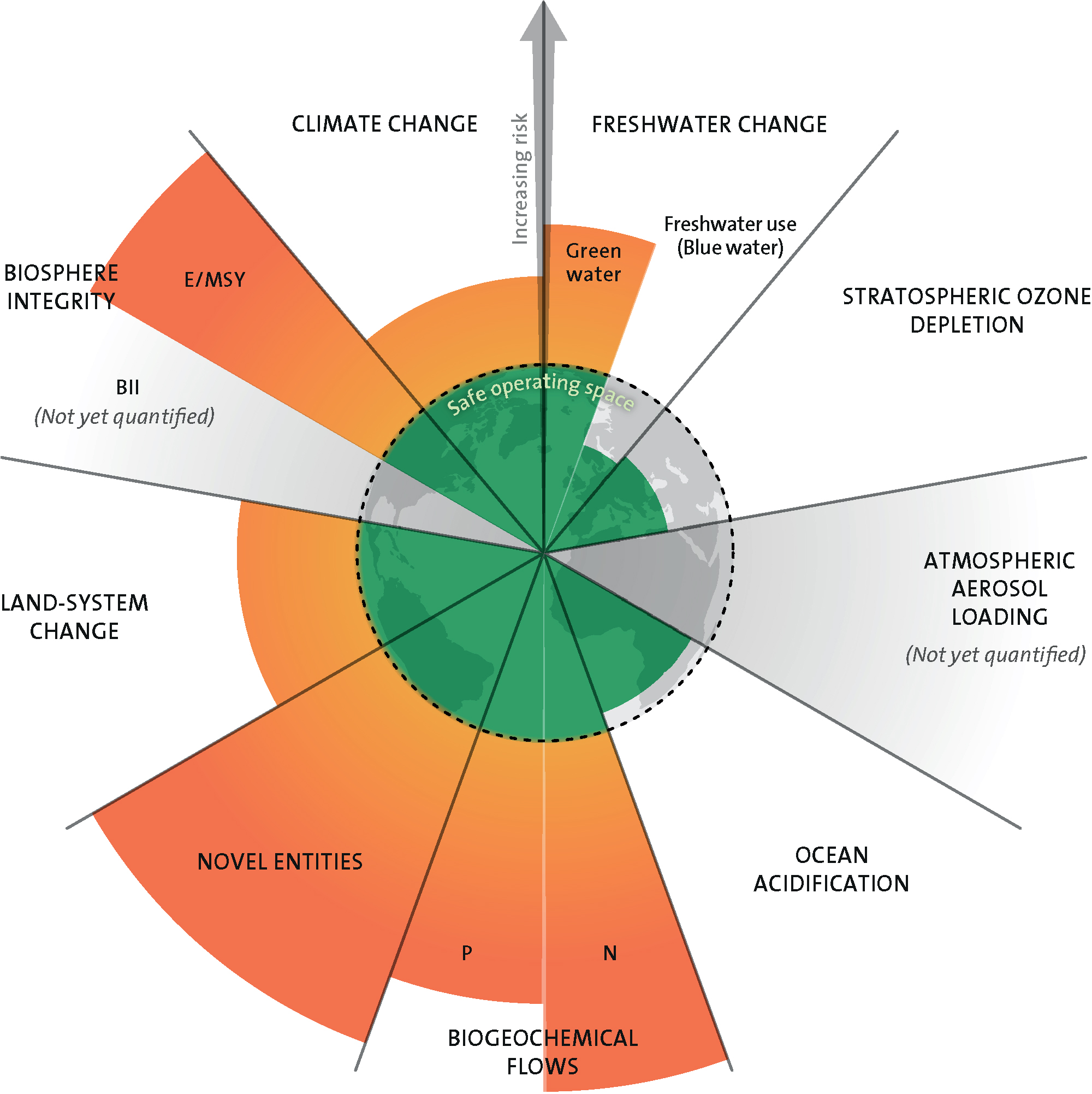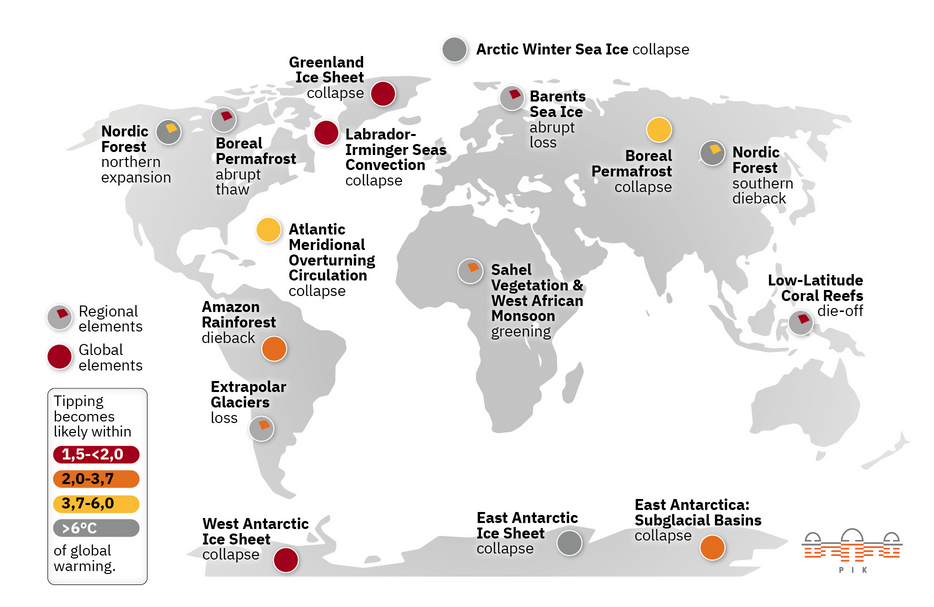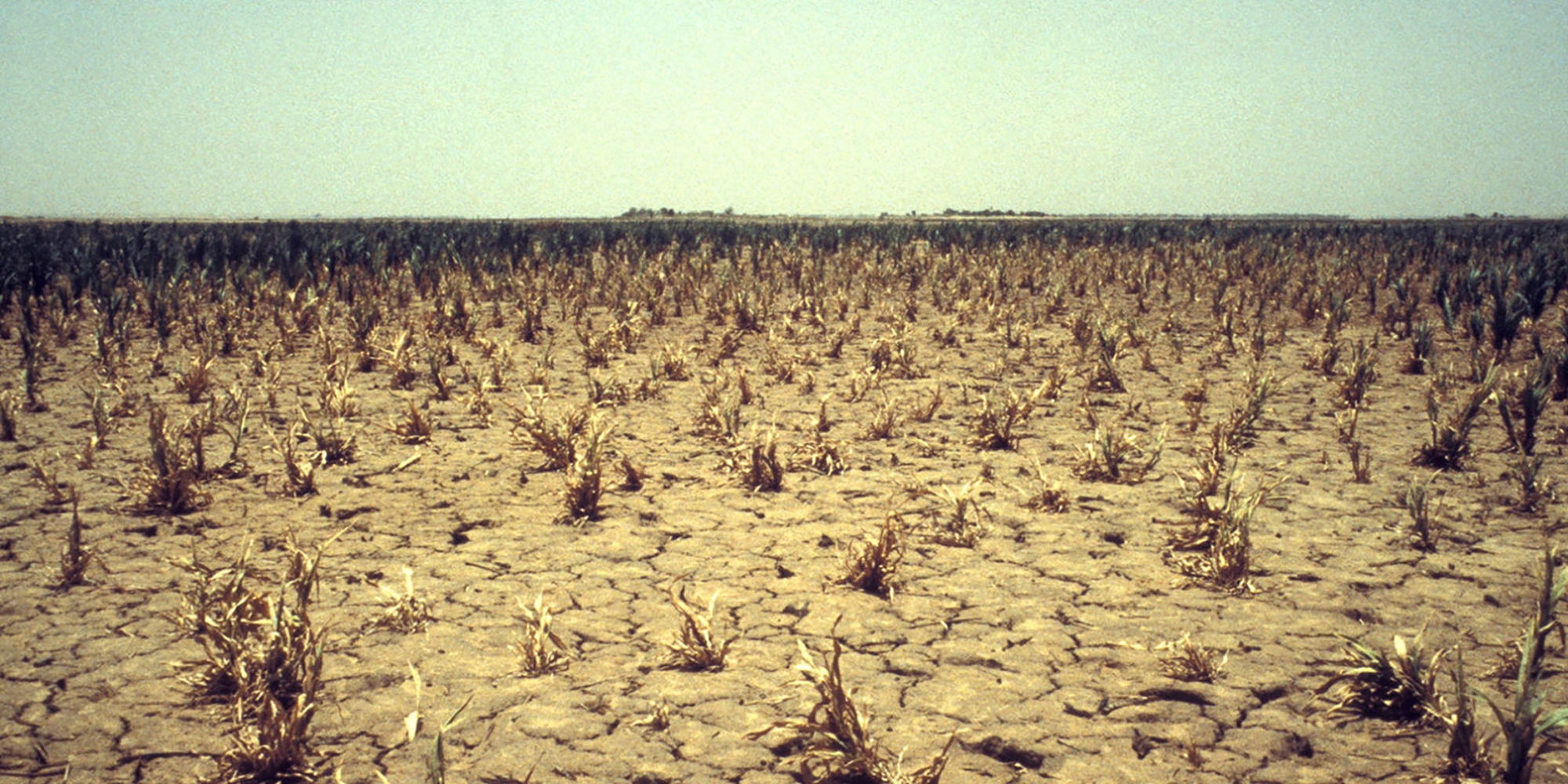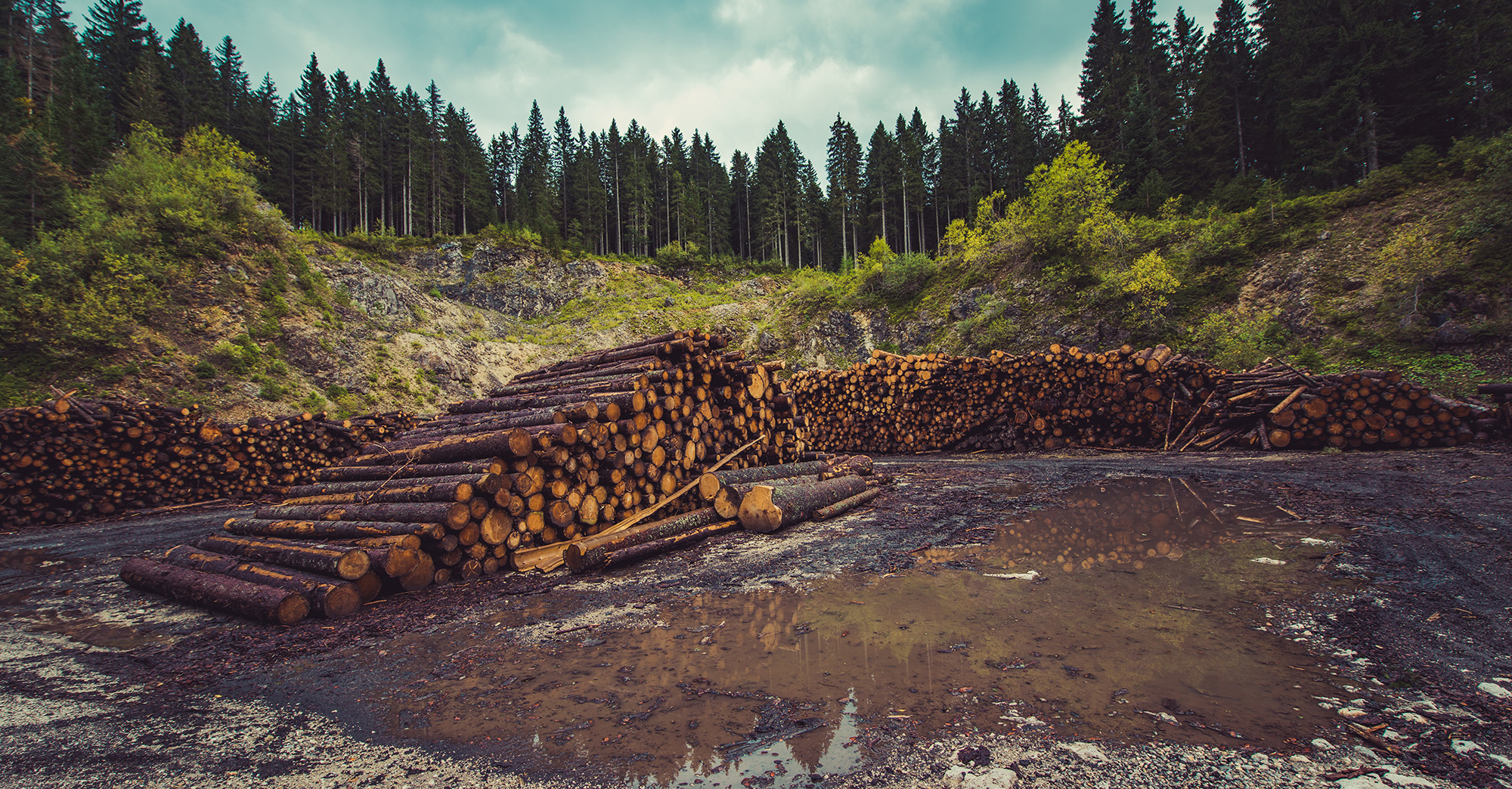THE GREEN WATER PROBLEM
Earth’s hidden tipping point is under our feet — and we’ve overstepped it

Humanity’s modification of the soil’s water cycle has pushed the world beyond a safe operating space for life as we know it on Earth.
Stranded boats in dry European rivers and the need for boats in flooded streets in Pakistan and Chicago are surface indicators of a deeper problem of declining soil moisture across the planet, according to a study by 18 top scientists.
They call it the Green Water problem, the hidden twin of Blue Water, the stuff that rains on us, runs down rivers and which we spray on our fields, drink and flush down the loo. It’s root-depth water without which plants can’t grow.
In a report published in the journal Nature last month, researchers from the Stockholm Resilience Centre say we appear to have reached a Green Water tipping point, the critical threshold broadly agreed on by relevant scientists where a small shift can alter the state or development of a global system.
Human activities have the potential to do this, forcing a climate system to cross some limit, triggering a transition to a new state which accelerates faster than the cause which triggered it.
The study used soil moisture in the root zone of plants to measure the Green Water boundary, a margin which is directly influenced by human pressures and which impacts on a range of large-scale ecological, climatic, biogeochemical and hydrological dynamics.
It found soil moisture changing from the boreal forests to the tropics, from farmlands to forests.

An aerial view of the exposed bottom of one of the arms of the Solinskie (Solina) Lake, in the town of Chrewt, southeastern Poland, 30 August 2022. (Photo: EPA-EFE / Darek Delmanowicz)
In measuring changes, the study drew two pre-industrial baselines: 1950 and 1900. The researchers found that from around 1920 the soil began drying, shifting root-zone water modification into a new normal.
This is causing “rising Earth system risks at a scale that modern civilisations might not have ever faced” and the water variability that sustained former societies, it warns.
Safe operating space
Based on Earth system dynamics, planetary boundaries are safe operating spaces within which humanity can thrive. There are nine of these, based on the comparatively stable Holocene epoch which has lasted around 10,000 years up to the present.

The nine planetary boundaries, counter-clockwise from top: climate change, biosphere integrity (functional and genetic), land-system change, release of novel chemicals, biogeochemical flows (nitrogen and phosphorus), ocean acidification, atmospheric aerosol pollution, stratospheric ozone depletion, and freshwater change. (Image courtesy of J Lokrantz /Azote based on Steffen et al. 2015 [via Stockholm Resilience Centre])
This is now shifting to the Anthropocene, dating from the beginning of significant human impact on Earth’s geology and ecosystems, including climate change.
These zones are biosphere integrity, climate change, ozone depletion, atmospheric aerosols, ocean acidification, biochemical flows, land-system changes, novel (man-made) entities and freshwater change.
We have crossed all but three of these safe boundaries — ocean acidification, atmospheric aerosols and ozone depletion.

Tipping points. (Figure designed at PIK, based on Armstrong McKay et al., Science [2022]).
The idea of climate tipping points was first introduced by the United Nations’ climate science group, the Intergovernmental Panel on Climate Change, two decades ago. If crossed, said the panel, they could spark a significant change in the way the Earth’s systems operate, affecting oceans, weather and chemical processes, which could be irreversible.
At the time, it was thought the tipping points would be crossed only if global average temperatures increased by more than 5°C. But since then, there has been increasing evidence that these thresholds may be crossed much earlier.
Even though some of the other tipping points — such as dieback in the Amazon rainforest — aren’t expected to be triggered unless global temperatures rise by 3.5°C, all of these systems are connected. So once one system begins to fail, it could increase the likelihood of others collapsing.
According to Arne Tobian, co-author of the Nature report, “the Amazon rainforest depends on soil moisture for its survival. But there is evidence that parts of the Amazon are drying out.
“The forest is losing soil moisture as a result of climate change and deforestation. These changes are potentially pushing the Amazon closer to a tipping point where large parts could switch from rainforest to savanna-like states.”
Cascade effect
The ability of soil to retain moisture is impacted by human activities through intensive agriculture, urbanisation (pavements, roads and buildings) precipitation and evaporation changes, different land and water use plus climate change.
Green Water depletion has an impact on other tipping points, says the study. The resilience of rainforests is an example. Damage through clear-cutting and farmland expansion reduces rainfall, further reducing soil moisture and tree resilience. Below a critical threshold, forests die. This reduces species diversity and carbon sequestration, increasing global warming.
Climate change is not just about global warming, but climate-driven extreme weather events. This increases both severe drought and deluge, as can be seen in heat waves and floods in North America, Europe, Pakistan and Australia.
Both wet and dry departures from the pre-industrial baseline have increased steadily since 1900, says the study.
“This is a wake-up call that we need to stop how we modify Green Water,” says lead author Lan Wang-Erlandsson from the Stockholm Resilience Centre at Stockholm University.
Visit Daily Maverick’s home page for more news, analysis and investigations
“We are profoundly changing the water cycle.”
“Water is fundamental for any living organism on Earth,” she told Mongabay, noting that impacts on the water cycle are driven by multiple human actions far beyond withdrawal for consumption.
“It’s massively affected by climate change, land management, land degradation and so forth. It’s complex and intertwined in our human activities… in everything we do.
“Severe meteorological droughts in semi-arid regions reduce tree growth that wet anomalies cannot compensate for and decrease overall ecosystem production.” These shifts are likely to precipitate widespread social change, it concludes.
“Historical research of social collapse,” says the report, “illustrates that environmental challenges, such as hydroclimatic shifts towards drier conditions, could trigger societies to grow more complex. This suggests that water variability in the Holocene that sustained former societies might not sustain modern, complex and interdependent societies.”
Is there a solution?
Fresh water, says the study, is the bloodstream of the biosphere. Until recently, only Blue Water — on land and in the atmosphere — has been intensely studied. But Green Water in the soil is vital for ecosystem functioning and has been insufficiently researched and understood.
This has blinded us to the arrival of what may be an irreversible tipping point unless we understand and take action on water-related interaction and feedback.
Because Green Water health impacts so many other planetary boundaries, urgent collaboration across Earth systems resilience is essential, says the study.

Cracked soil at the bank of the reservoir of Alto Rabagao dam where the waterline is below normal at this time of the year near the village of Vilarinho de Negroes, in Montalegre, northern Portugal, 04 February 2022. EPA-EFE/JOSE COELHO
Debates about planetary boundaries have triggered extensive discussions that challenge global paradigms on economic growth, legal national sovereignty and anthropocentrism, the scientists write.
“Setting a global boundary to Green Water interference can be considered an act of governance in itself,” says the report, “with political, economic, social and ethical implications.”
It’s essential, it says, for societies to urgently set more stringent limits to Green Water modification.
“Humanity needs to act to reverse these escalating changes and come back into a safe zone again,” says Wang-Erlandsson. DM/OBP
Go to BBC soundcasts on tipping points here.


















One way in which we can increase soil moisture is to change our industrial farming methods. The current system of ploughing, harrowing, planting into a fine tilth destroys the micro fauna and reduces the capacity of the soil to hold carbon and moisture. We then over fertilise with nitrates and phosphates and use pesticides, herbicides etc. Gabe Brown has shown what can be done in a relatively short period by using no- till methods with cover crops and well managed grazing. However, the big agrochemical companies are trying very hard to stop this movement . There are some farmers in S Africa adopting this sustainable method but unfortunately conservatism is a trait of most farmers. Government should be playing a role through agricultural extension officers but like most services in S Africa today this also has deteriorated enormously.
I 100% agree with this. These methods have been applied in both Australia and Zimbabwe to improve ground water retention siginifcantly.
An important article, but I suggest that the concept of green water is not adequately defined, in simple terms, for the non-scientific reader. (The opening photo of a green lake is especially confusing in this regard.) It would be good to see future articles outline the ways in which society can practically mitigate the loss of green water.
Truly a frightening prospect for our future on earth, but this issue needs to get everyones attention and immediate action to halt or try to reverse where possible… I do not hold out much hope for action from politicians or massive commercial agriculture or the agrochemical industries though … an example of the Lowveld bush land being cleared for orange and nut plantations and housing projects… right up to the Kruger border and into the pristine bush surrounding Hoedspruit was quite a shocker during our visit in June.